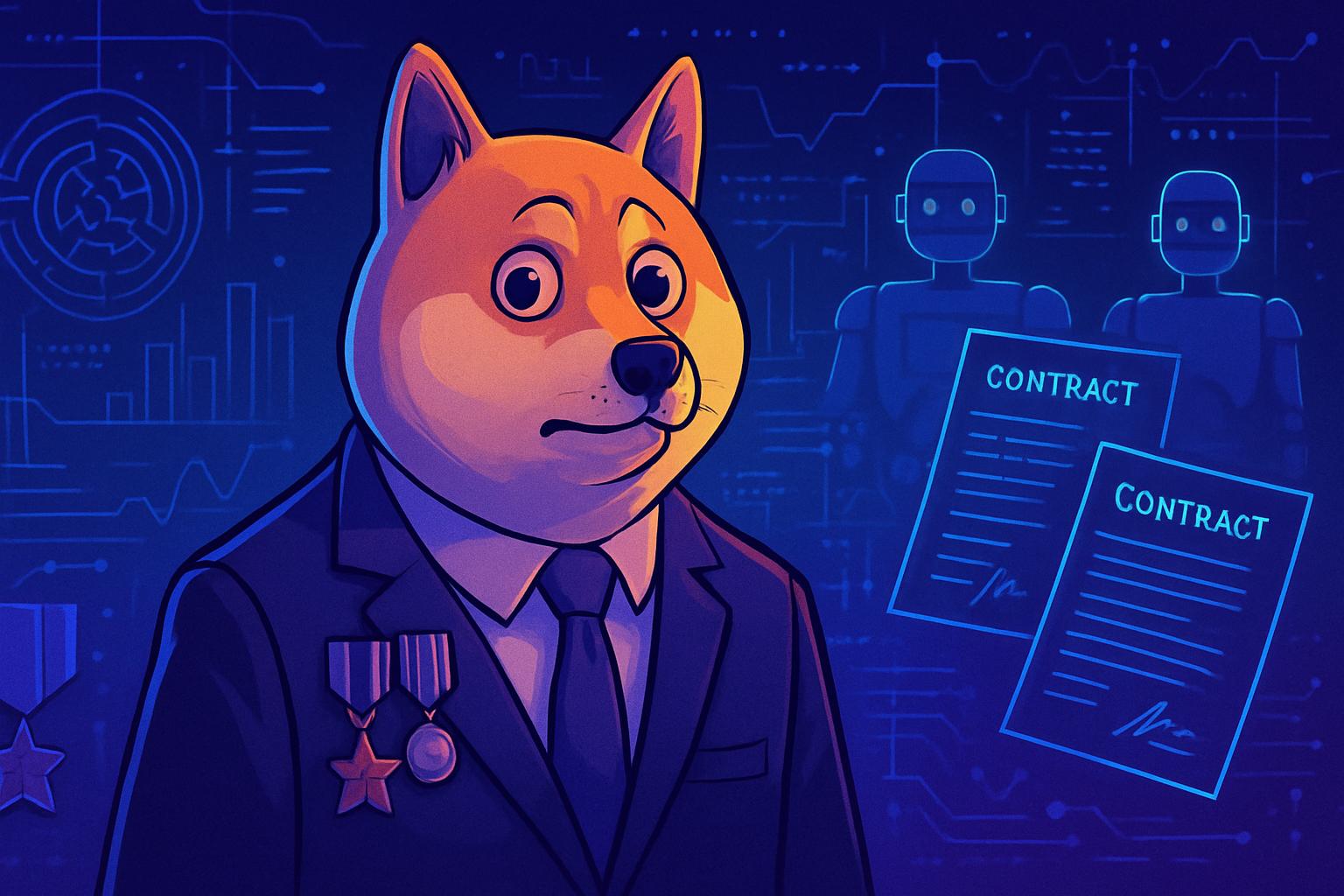An investigation sheds light on the use of a faulty AI tool by DOGE, revealing alarming issues in contract allocation to veterans’ affairs. This situation raises questions about the effectiveness of artificial intelligence in such sensitive areas. The AI, designed to optimize decisions, has faced serious failures and posed risks to veterans’ safety.
Essential contracts jeopardized due to poorly informed automated decisions. Detrimental consequences loom for the quality of care when inappropriate technology encroaches on humanity. The lack of clear criteria and understanding of the stakes turns this initiative into a major source of concern.
A faulty AI tool within DOGE
A recent investigation highlighted the use of a defective artificial intelligence tool by DOGE, aimed at securing contracts from the Department of Veterans Affairs. The tool, designed by engineer Sahil Lavingia, was intended to analyze contracts by identifying those considered “munchables,” meaning superfluous to the agency’s essential mission.
The AI’s erroneous decisions
Lavingia acknowledged that the AI system was not designed to make such decisions, admitting that errors were made. The AI’s code was limited to examining the first 10,000 characters of contracts, leading to crucial documents being classified as “munchables” without true discernment. This limitation resulted in erroneous judgments regarding essential contracts related to safety and communication with veterans.
Vague terms and inappropriate methods
Erroneous perceptions also stem from a lack of definition for key terms such as “basic medical care” or “benefits.” These ambiguities led to vague directives that the AI misinterpreted. For instance, when tasked with “considering whether prices seemed reasonable” for maintenance contracts, the absence of clear criteria resulted in fictitious estimates, sometimes extravagant.
Implications for veterans
In February, the VA planned to cancel 875 contracts meant to ensure vital services for veterans. Advocates for veterans’ affairs voiced their concerns, highlighting potentially catastrophic consequences for the safety of medical facilities. This tense context underscored a lack of communication between DOGE advisors and VA officials. This confusion led to a review of decisions, ultimately reducing the number of cancelled contracts in March to about 585, with nearly $900 million redirected to the agency.
Limits of the technology used
The technology employed relied on a generic AI model, deemed unsuitable for complex tasks related to veterans’ affairs. Cary Coglianese, a professor at the University of Pennsylvania, emphasized that understanding what could be performed by a VA employee required in-depth knowledge of medical care and institutional management. The AI, in its inability to grasp these elements, caused disruptions.
Consequences for staff and the organization
After about 55 days serving DOGE, Lavingia was dismissed after disclosing some of his decisions to journalists. The lack of institutional knowledge among some external engineers also contributed to misjudgments. The situation highlighted the challenges many newcomers face in companies regarding AI and raised questions about governance and the ethics of using automated systems in sensitive environments.
DOGE’s choices in evaluating and implementing these AI tools raise profound questions about the future of such technologies within public administrations, necessitating a reexamination and update of current practices.
FAQ regarding the investigation into the use of a defective AI tool by DOGE to secure contracts from veterans’ affairs
What types of contracts were affected by the use of the faulty AI?
The affected contracts include tasks related to security inspections in VA medical facilities, direct communications with veterans regarding their benefits, and the recruitment of physicians.
Who was responsible for programming the AI used by DOGE?
Engineer Sahil Lavingia was responsible for programming the AI, which developed the tool to evaluate contracts based on their relevance to supporting patient care.
What mistakes did the AI make when evaluating contracts?
The AI poorly assessed contracts by only considering the first 10,000 characters and used vague definitions without clarifying critical terms, leading to incorrect decisions about what was “munchable.”
What consequences arose from the use of this defective AI tool?
Consequences include the cancellation of important contracts, raising concerns among veterans’ advocates regarding the safety and quality of care provided.
What measures were taken to rectify the situation by the VA?
The VA reduced the number of cancelled contracts from 875 to about 585 and redirected approximately $900 million to the agency for non-critical missions or redundant contracts.
Why is it problematic that the AI was created on an outdated model?
The use of an older generic AI model led to “hallucination” errors, where the AI generated erroneous contract estimates, sometimes valued in the millions when they were only worth thousands.
Who was involved in the evaluation of “munchable” contracts after the use of the AI?
Despite the use of a defective AI, Lavingia stated that all contracts identified as “munchables” were subject to verification by others to avoid incorrect decisions.
What were the experts’ concerns regarding the AI’s ability to evaluate contracts?
Experts pointed out that assessing tasks that could be performed by VA employees required sophisticated understanding of medical care and institutional management, capabilities that the AI lacked.






